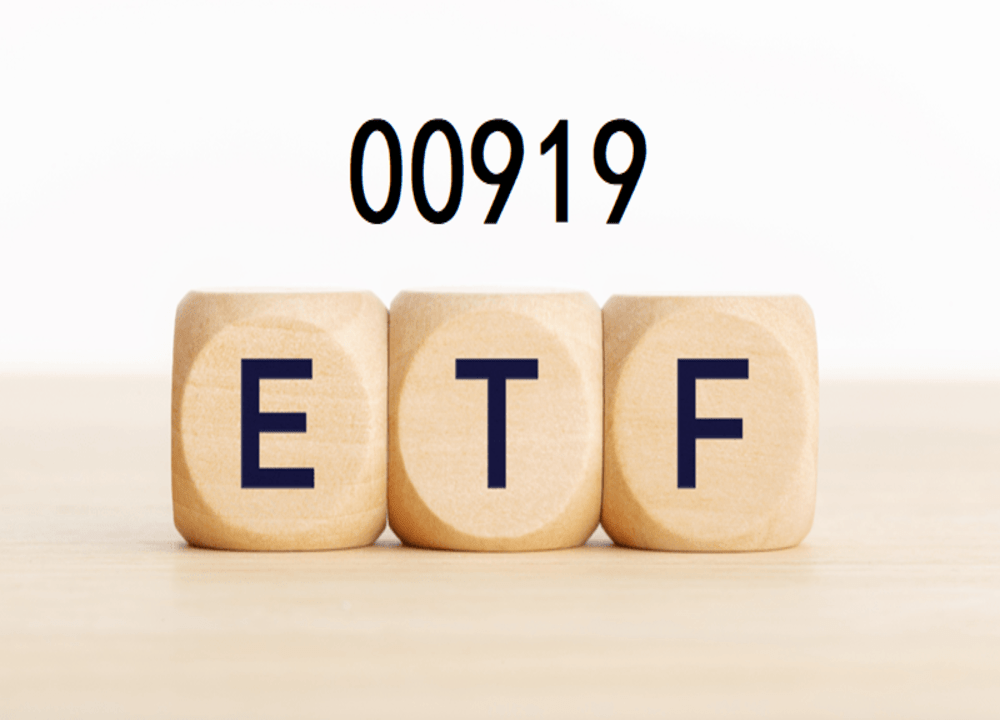相關文章

虛擬貨幣KYC教學:KYC認證是什麼?為何很重要?2024-12-19 17:05:06有接觸過虛擬貨幣的朋友一定有經常聽到 KYC,它是實名認證的簡稱,可以有效提高交易的安全性。現在大多數加密貨幣 […]

韓元是什麼?韓元兌美元貶至15年低點,怎麼換好?2024-12-19 16:59:57韓元是世界上最有價值的貨幣之一,保持著強勁的市場價值。然而,自金融危機後,該貨幣表現大不如前,在亞幣中處於弱勢 […]

00919能買嗎?00919 ETF成分股、配息及股價一次看2024-12-19 15:15:33台股高股息 ETF 一直廣受投資人的青睞,而群益台灣精選高息(00919)為最受歡迎的 ETF 之一,該 ET […]

Movement介紹:MOVE幣是什麼?MOVE幣價分析及未來預測2024-12-19 14:15:51Movement 是使用 MoveVM 建立的以太坊第 2 層網路,於 2024 年 12 月發行了其原生代幣 […]

鴻海(2317)是做什麼的?鴻海股價上不去原因是?現在可以買嗎?2024-12-19 11:30:35鴻海(2317)是一家創立於 1974 年的資訊科技公司,總部位於台灣,是台股的第二大權值股。目前,鴻海的生產 […]
